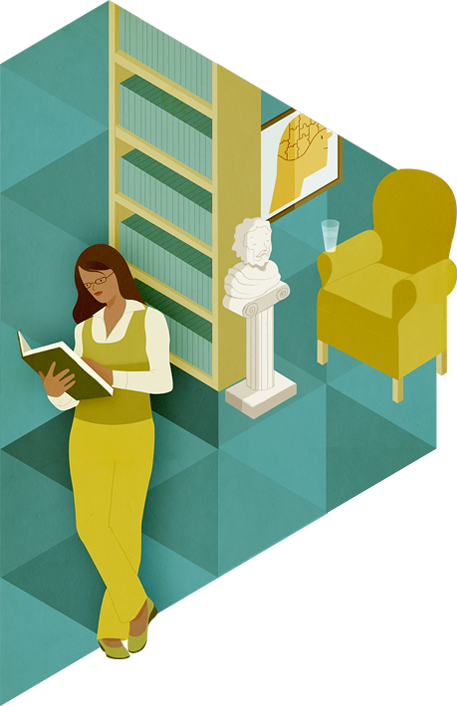About
Hope and optimism are high-profile attitudes. Politicians invoke them, religious and business leaders promote them, psychologists encourage them, self-help authors recommend them, artists explore and express them.
The press is interested too: over the past few years, articles in the L.A. Times, Washington Post, Time, Wall Street Journal, and Atlantic have discussed their natures, sources, risks, and benefits.
Such popular discussions of hope and optimism typically draw on empirical work by scientists like Michael Scheier, Tali Sharot, Martin Seligman, and C.R. Snyder. Despite the significant advances made by these and other researchers, especially with respect to optimism, some important questions remain underexplored. Questions about correlations between optimism and hopefulness, for instance, or about the correlations between those states and physical health. More research is also needed on the genetic, neuropsychological, and environmental bases of optimism and hope, pessimism and despair.
With a few important exceptions, contemporary philosophers have neglected hope and optimism, though there has been some important research on related states such as despair, pessimism, and anxiety. But hope and optimism are theoretically, practically, and existentially significant topics with a rich philosophical history and important connections to other philosophically significant debates. And although hope has played a significant role in Judeo-Christian theological traditions, arguments for and from a religious kind of hope remain understudied by contemporary philosophers of religion and analytic theologians.
In light of the popular interest in hope and optimism, the inherent significance of these traits, the need for interdisciplinary academic research on them, and the danger of their misuse in the broader culture, this four-year initiative provided over $2 million for philosophers, philosophers of religion, and social scientists to generate original, high-quality, collaborative research on these and related topics.
The project also funded a video competition and a playwriting contest.

